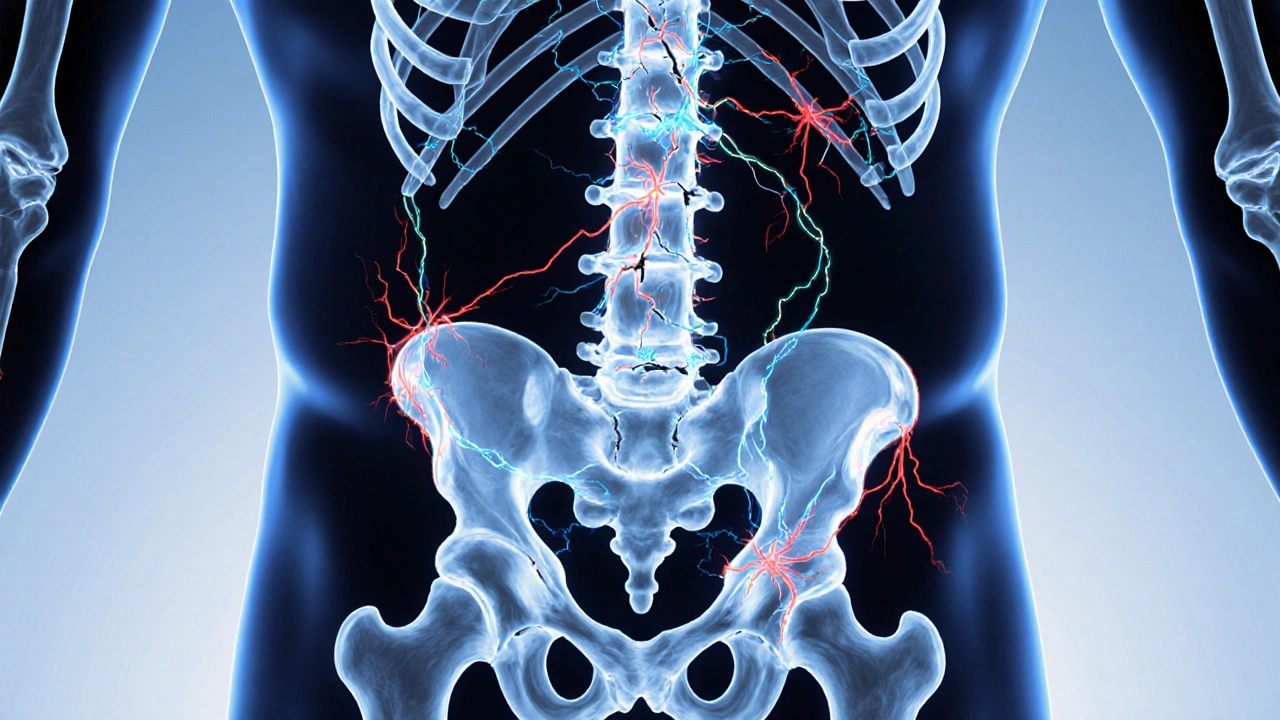Osteoporosis: Causes, Risks, and Medications That Help
When your bones become weak and brittle, that’s osteoporosis, a condition where bone density drops significantly, making fractures more likely even from minor falls or bumps. Also known as porous bone disease, it’s not just something that happens to older people—many don’t realize they have it until they break a hip, wrist, or spine. It’s silent until it’s serious.
What makes osteoporosis worse? Not getting enough calcium, the main mineral your bones are made of, or vitamin D, the nutrient your body needs to absorb calcium. Hormone changes—like after menopause—speed up bone loss. Certain drugs, including long-term steroids or some antiseizure meds, can also eat away at your bone density. And if you’re inactive, your bones don’t get the signal to stay strong. It’s not just age. It’s lifestyle, meds, and biology working together.
Fractures from osteoporosis aren’t just painful—they can change your life. A broken hip often means surgery, months of rehab, and sometimes never walking the same way again. Spine fractures can make you shorter, hunched over, or in constant pain. That’s why catching it early matters. Doctors use bone density scans to measure it, and treatments like bisphosphonates, denosumab, or even hormone therapy can slow or reverse the damage. But meds alone won’t fix it. You need movement, protein, and sunlight. You need to know what’s safe and what’s risky.
Below, you’ll find real posts that break down how osteoporosis connects to pregnancy, drug side effects, calcium intake, and treatments that actually work. No fluff. No guesses. Just clear, practical info from people who’ve seen this in clinics and real lives.

Osteoporosis in Endocrine Disease: How FRAX and Bisphosphonates Guide Treatment
- by Colin Edward Egan
- on 13 Nov 2025
Osteoporosis in endocrine diseases like diabetes and thyroid disorders often goes undetected because bone scans can look normal. FRAX and bisphosphonates help identify hidden fracture risk and guide life-saving treatment.
